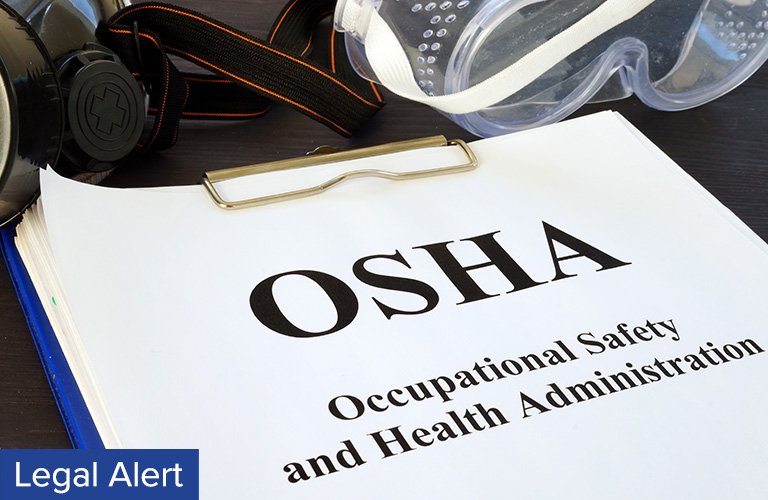
Employers’ Environmental Health and Safety officers are being overwhelmed with a deluge of information regarding safety practices and protocols that could be adopted in the workplace to protect employees against the threat of COVID-19. When this information is not properly communicated to employees, however, the inevitable result is that OSHA complaints are being filed, and employers are required to defend allegations that appropriate safety measures are not being followed.
Employers who are able to remain open during the COVID-19 pandemic have an affirmative obligation under OSHA to communicate and train employees on safety measures adopted in response to the COVID-19 threat. OSHA requires that employers “establish or update operating procedures and communicate them so that employees follow health and safety requirements.” Employers must also provide safety training in the language and vocabulary that its employees can understand. In addition, employers with hazardous chemicals in the workplace, such as bleach and other industrial disinfectants commonly used to combat COVID-19, must develop and implement a written hazard communication program, and train employees on the hazards to which they are exposed. Failure to communicate, train and document those efforts is an independent violation of OSHA, and employers can be cited accordingly.
In addition, Section 11(c) of OSHA prohibits employers from retaliating against employees for reporting safety concerns to OSHA, including failure to communicate and train. Also, employers cannot retaliate against workers who refuse to come to work based on a “reasonable fear” of injury or serious physical harm. Where employers fail to communicate and train workers on safety protocols, they will have a hard time establishing that a worker’s fear was not reasonable, and will be prevented from taking disciplinary action against said employee.
For more information regarding OSHA’s communication and training obligations, please contact Phillip Hoover or Steve O’Day.

